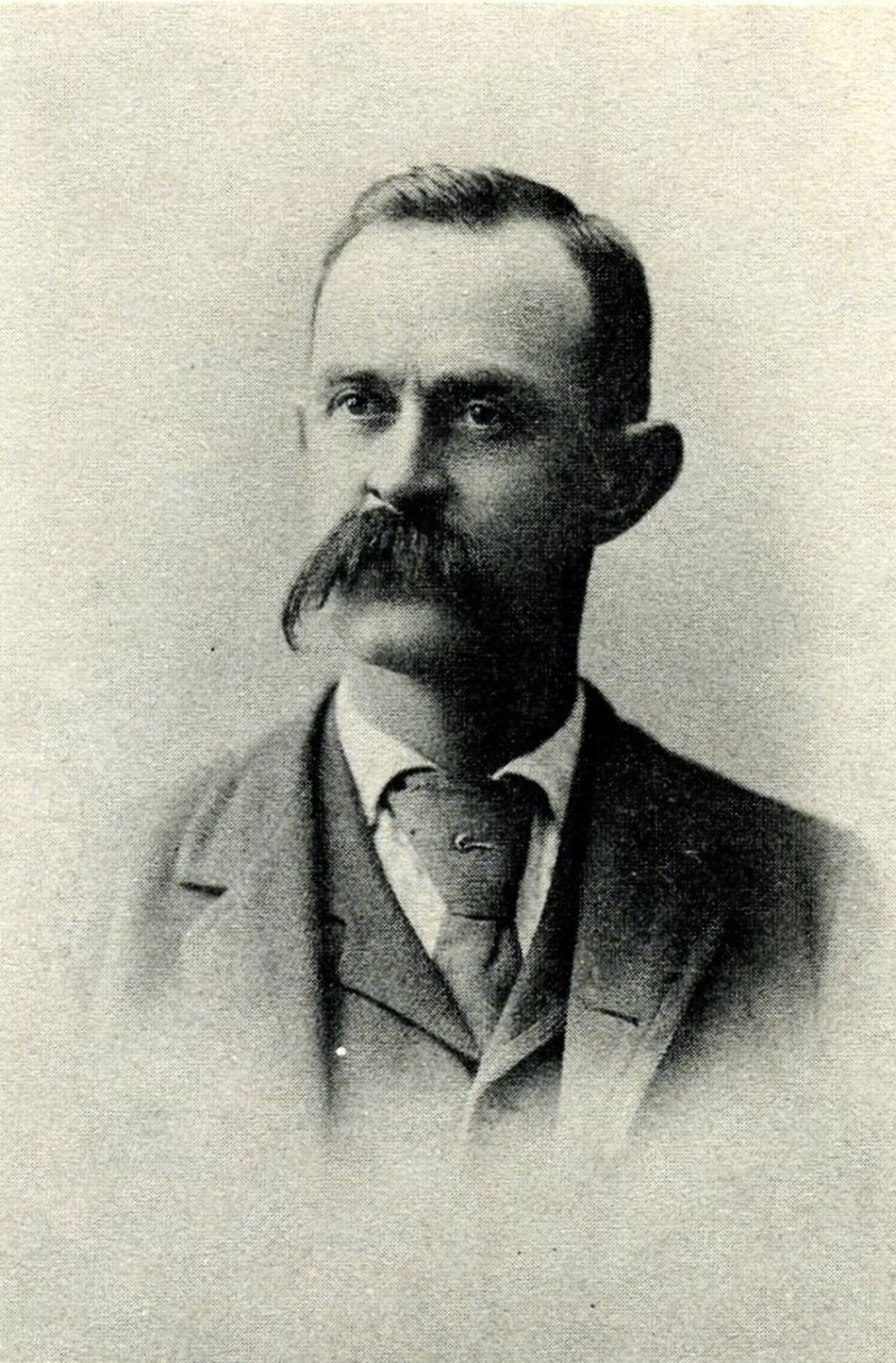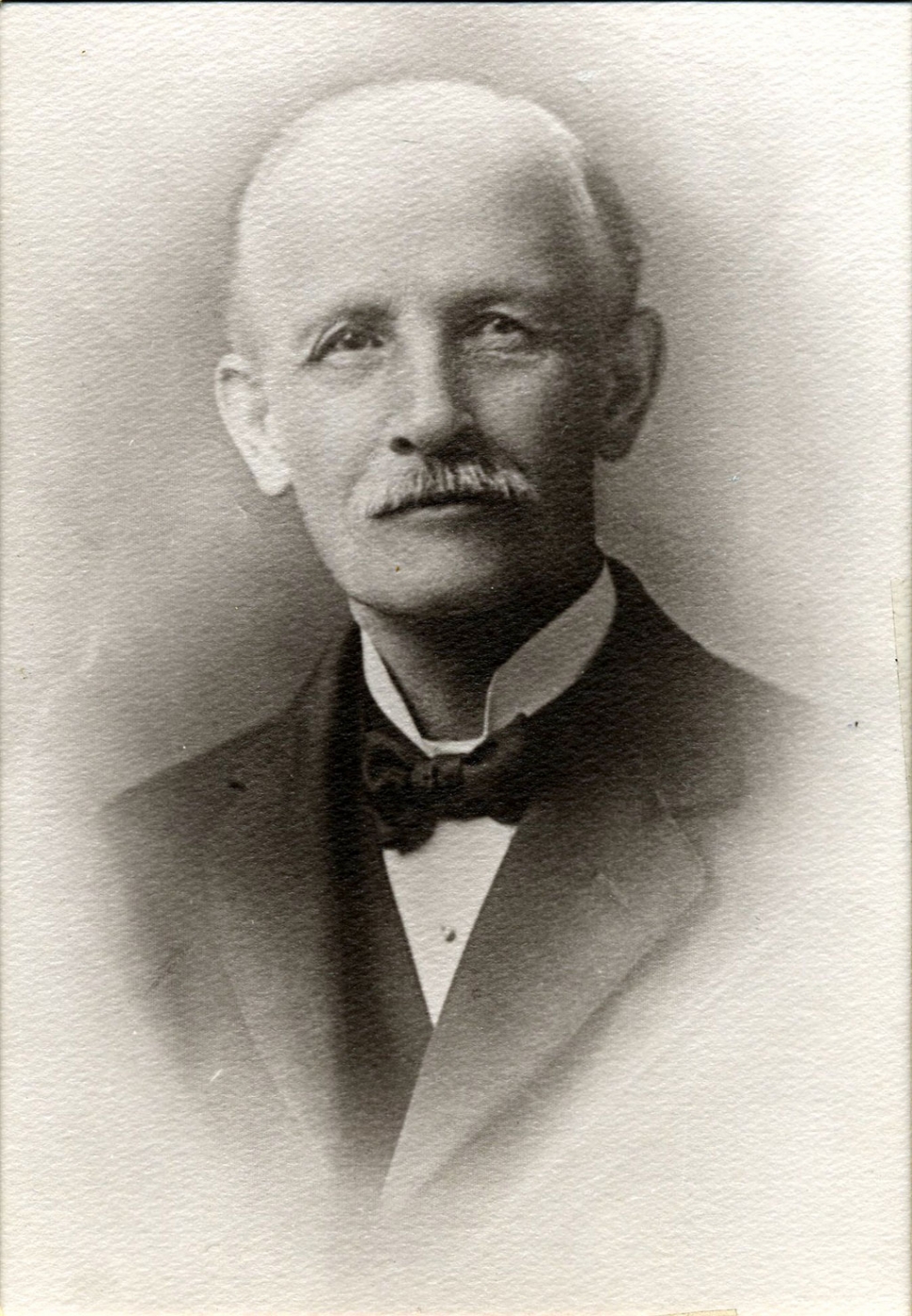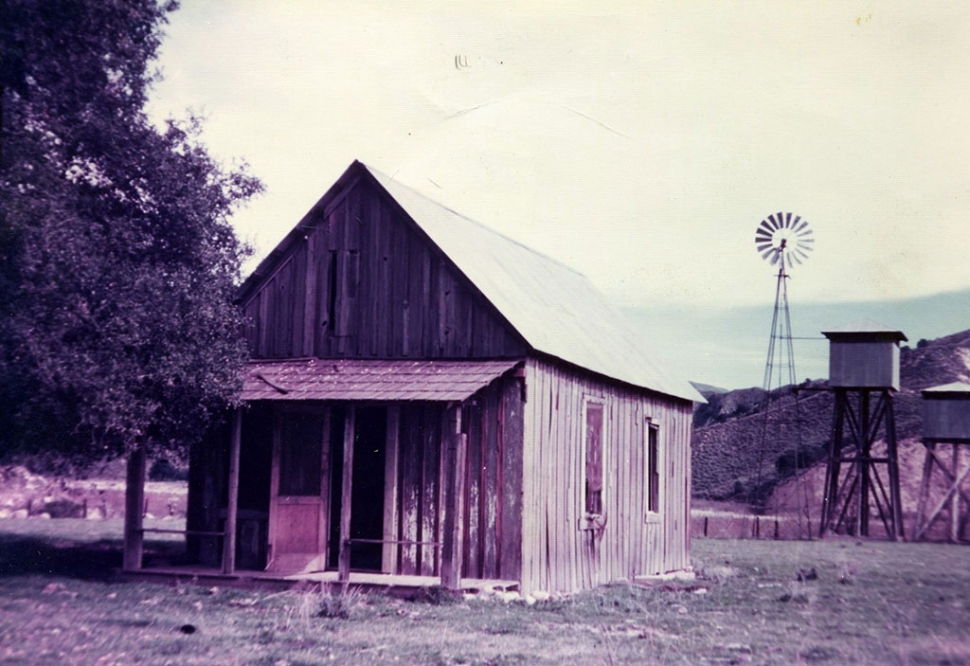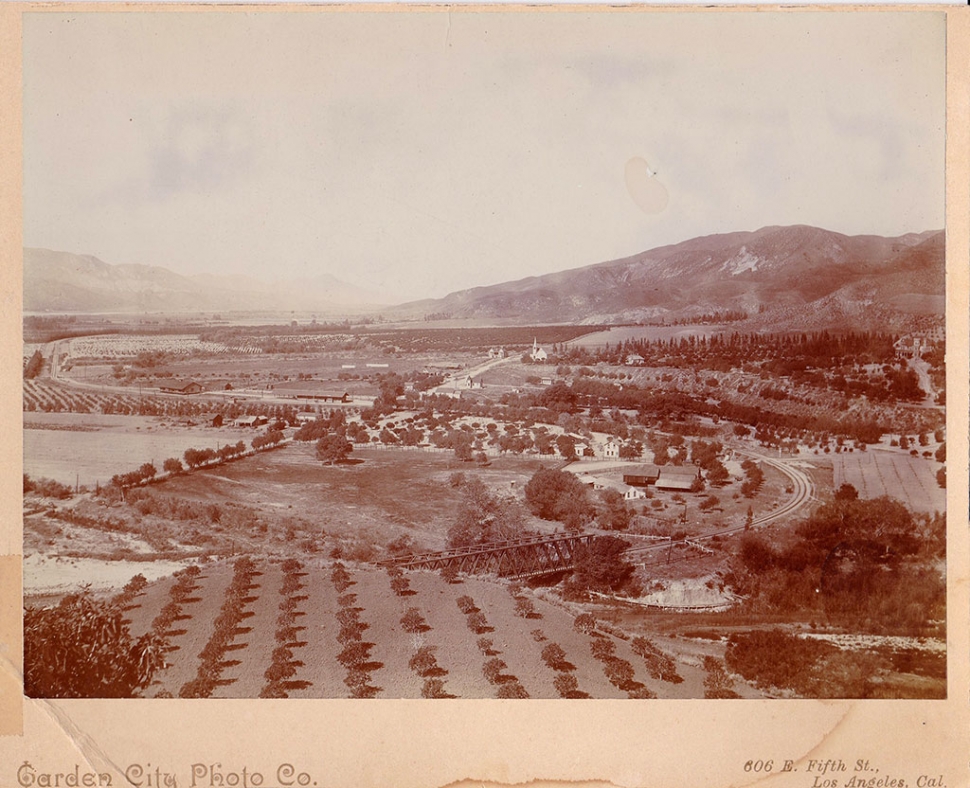|
An Incomplete History of Early Piru
 Hugh Warring, who moved to Piru in 1869. According to an interview in 1930, the Warrings became the owners of the Buckhorn Ranch. Photos courtesy Fillmore Historical Museum. By Anonymous — Wednesday, August 5th, 2020
 David Cook of Chicago.  Before the town of Piru was developed, ranchers of the community built a school at Temescal in 1880. The school is now covered by Lake Piru.  Piru (c) 1900 Courtesy Fillmore Historical Museum "The Fillmore Historical Museum would like to broaden it's archives on Piru. If you have any documents, family histories, or pictures you would like to share, please contact us at fillmore.museum@gmail.com." An Incomplete History of Early Piru The area we know as Piru has long been inhabited, first by the indigenous Chumash and later by European settlers. The purists agree that the correct pronunciation based on the Chumash name is Pee-Ru, not as it is now generally pronounced, Pye-Ru. It seems like this has been a controversy for decades as the July 24, 1930 Piru News captioned a story, “Piruveans want Contest with Owensmouth on Sunday,” regarding an anticipated baseball game. That name goes with Fillmoreans. The first Europeans to see this valley were Spanish soldiers with the Gaspar de Portolá expedition of 1769, who found a Chumash community at present day Piru. The land was initially under the administration of the Mission system, but after Mexican independence, the land was apportioned out as ranchos to those favored by the Mexican government. The area around Piru was granted to the del Valle family who founded Rancho Camulos. From Rancho Camulos, families such as the Sequieros and Salazars moved into the surrounding area. After it came under United States rule, others soon came into the area such as the Warrings, Hoppers and Whittakers. Many who came from Indiana and Pennsylvania were miners. They were following the stories of rich mineral deposits in the mountains around Piru as early as 1842. The “gold” that would make the valley prosperous would eventually be the citrus industry. The Warring family came to the Piru area in 1869 from San Jose. They were encouraged to move to the area by a brother-in-law, Ari Hopper, who already was living in the area. According to an interview with Hugh Warring in 1930, they came to own the Buckhorn ranch because the original owner, a man named Hitchcock, admired a revolver Hugh’s father, Benjamin, owned. Mr. Hitchcock got the revolver in exchange for the Buckhorn Ranch. The Ranch got its name from all the racks of deer horns that were displayed. The Ranch became a stopping place for travelers who gave the Ranch its name. Before the development of the town of Piru, the ranchers in the community built a school at Temescal. It was built around 1880 by Ben Reasoner and Henry Dunton. The site of the school is now covered by Lake Piru. In 1881, Reginald del Valle of Ranch Camulos ran for Congress against Col Henry Harrison Markham, who was backed by the powerful Southern Pacific. Not surprisingly del Valle lost the election and found himself in debt. To clear his debts, he sold the Temescal Land Grant in 1887 to David Cook of Chicago. Cook was a wealthy publisher of religious tracts who, like so many Easterners, chose to come to California to improve his ill health. Cook came to the Santa Clara River Valley with the intention of creating a “Second Eden”. Land was planted with crops and olive groves from the Old Testament. Purchasers of the land had to agree to various lifestyles such as not smoking and temperance. The story is told that one potential resident, R. A. Fremlin, was told “better not let Cook see that cigar in your pocket,” to which he is said to have replied, “I’m not going to sneak around for a smoke.” He moved on and settled in Bardsdale. With his plan for a Biblical paradise made, he laid out a city plan and promoted the new settlement. Work began in 1887 and continued energetically through 1888. Originally the town was to be sited on the south side of the mouth of the river in the Piru Canyon, but the Southern Pacific Railroad refused to run a spur up Piru Canyon. Cook changed the location to the current location. Because the Southern Pacific already had a depot at Rancho Camulos, they refused to build another at Piru. Cook built one at his own cost and paid the salary of the agent. During the winter of 1887-8 a Methodist-Episcopal Church was erected. This was not the church that stands today but a wood structure that also served as a school. In 1890 the existing building was built and served as a social center of the town as well the Church for decades. In June 1888, the post office was opened, with G.R. Walden as postmaster, succeeded in a few months by R. Sampson. C.J. French, who arrived May 29, was appointed assistant postmaster. In the meantime, a general merchandise store had been opened, and in September 1889 was sold to James Parsons and C.J. French, who did business under the firm name of C.J. French Co. Other businesses soon followed. What is now known as the Piru Mansion, was built by Mr. Cook about 1890. It went through several owners until the Newhalls purchased it. In 1981 they were in the process of restoring when a fire broke out, almost totally destroying the structure. The Newhalls undertook the challenge of again restoring the building. The community prospered and Mr. Cook’s health improved. Cook sold out to the Piru Oil and Land Company in 1900 after being cured of his ailments and realizing a profit due to recent oil discoveries. He left behind a growing community. |
